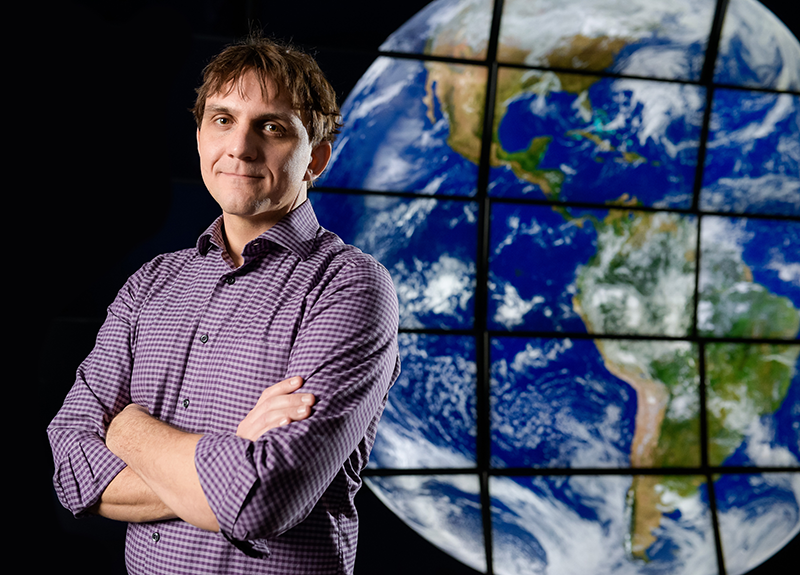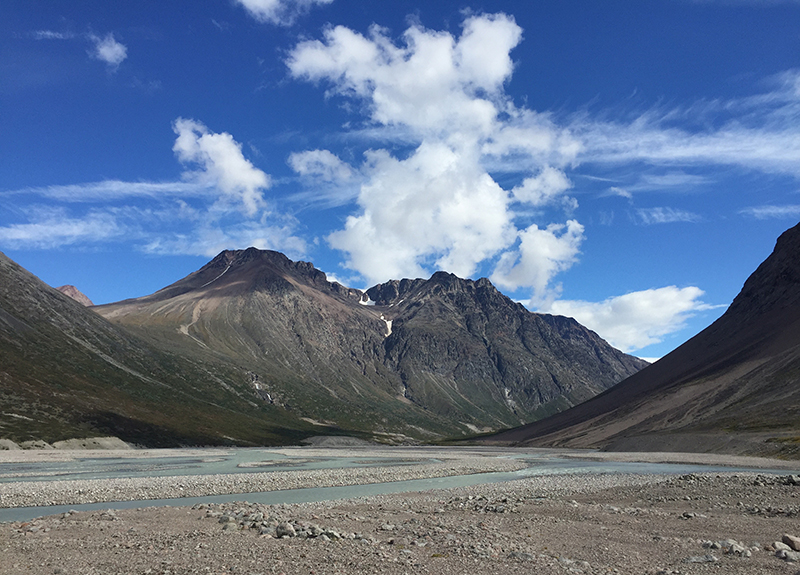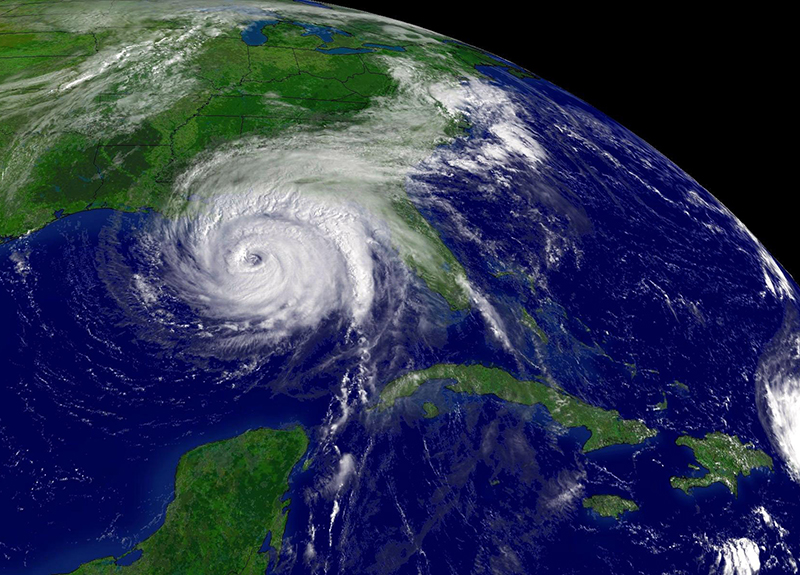Putting climate science to work where you live
The year 2016 set the record for the warmest global temperature ever, breaking the previous record set in 2015, which had broken the previous record set just one year before that, in 2014. If you’re noticing a pattern, you’re not alone. The 15 warmest years since the US National Oceanic and Atmospheric Administration began keeping records in 1880 all occurred after 1998. These unprecedented spikes in temperatures are wreaking havoc on Earth’s weather patterns, with global, regional, and local implications.
As evidence, you need look no further than recent hot weather events in the United States. In 2012, persistent and stagnant heat waves throughout the Midwest decimated corn and soybean yields. The health of these major cash crops plummets when temperatures exceed 86°F for extended periods of time.
In California, the state’s primary source of water comes from the Sierra snowpack, which gradually supplies groundwater as it melts. But six years of sustained warm temperatures and drought led Governor Jerry Brown to proclaim a state of emergency in 2014. He later enforced mandatory water rationing because of continuing shortages. Such catastrophic weather events put a strain not only on the water-intensive agricultural sector but also on regional economic development more broadly.
“Let’s say you work in an industry that requires a lot of water, and you’re looking to build a new facility. It doesn’t make much sense to build in California or the Southwest where water access is limited, expensive, and likely to get worse,” says Daniel Horton, a climate scientist in Northwestern’s Department of Earth and Planetary Sciences.
Anticipating the regional impact of climate change falls within Horton’s research expertise. He does so by using climate models to gain a more comprehensive view of the long-term influence that global warming may be having on atmospheric circulation, and thus the formation and movement of Earth’s weather.
“I look for climate change signals within patterns of atmospheric circulation,” Horton says of his research. “I’m using vast amounts of data to peer into the atmosphere’s behavior, cutting through the ‘noise’ to look for statistical signals of climate change.”
Weather events are driven by currents of air—also known as the jet stream—in Earth’s atmosphere. As the planet warms, many scientists hypothesize that the strength and routes of these atmospheric winds are becoming altered. Even seemingly small changes in the jet stream can have large and chaotic consequences in the formation and movement of weather.
“When the jet stream is slow and weak, weather tends to sit over a region for an extended period of time,” says Horton. “When this occurs, bad things can happen.”
The model that Horton uses to assess regional impacts is known as the Community Earth System Model (CESM), hosted at the National Center for Atmospheric Research. For Horton’s research at Northwestern, the CESM uses millions of lines of code to run a suite of experiments—in this case, about 40 different simulations—using the exact same “forcings.” A forcing is any factor that affects Earth’s climate and often includes changes in the energy output of the sun, changes in the atmospheric concentration of greenhouse gases, and volcanic eruptions.
“Each of the 40 simulations uses the same historical and future forcing scenarios,” Horton says. “The only differences in these experiments are the initial conditions we give them. In this case, the atmosphere in the simulations begins at a slightly different initial state.”
As large computers run the model simulations, climate scientists look at the ways in which seemingly small changes in the models’ initial conditions affect weather and climate over time. In Earth’s natural systems, even small changes can have sizeable impacts.
“Running these 40 models with slightly different initial conditions gives us a better sense of the internal variability of Earth’s climate system,” says Horton. “These experiments allow us to better understand the range of uncertainty driven by natural variability and inform our climate change projections. Knowing the range of uncertainty about a climate change signal is extremely important for assigning risk profile probabilities.”
As businesses, policy makers, and average citizens increasingly experience the effects of climate change, localized decisions surrounding mitigation and adaptation strategies become of paramount importance. Those in charge would be shortsighted not to leverage data to inform such important decisions. As climate scientists like Daniel Horton continue to find louder and louder signals of climate change, an important question remains: Are the rest of us listening?







